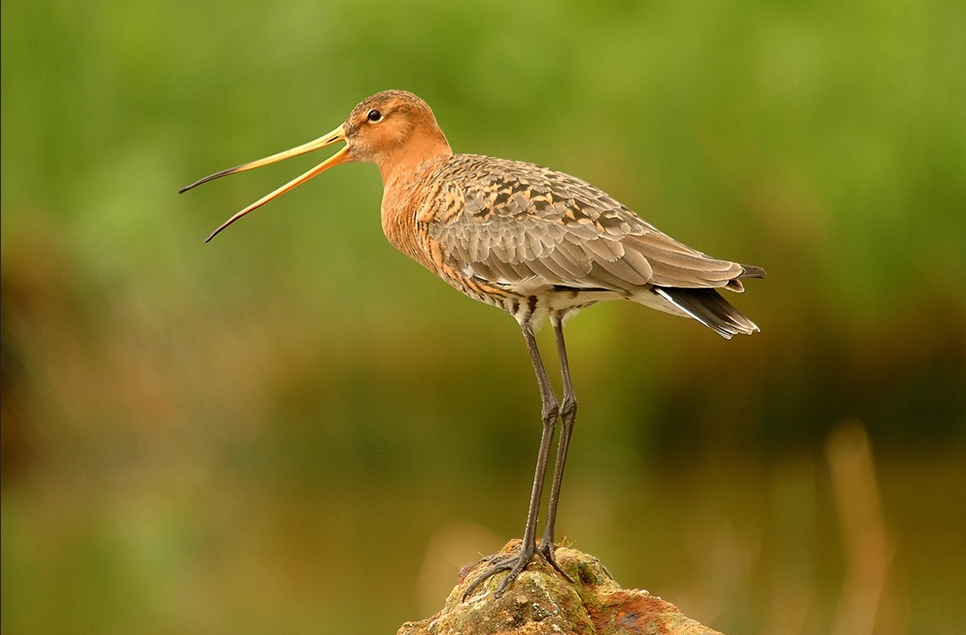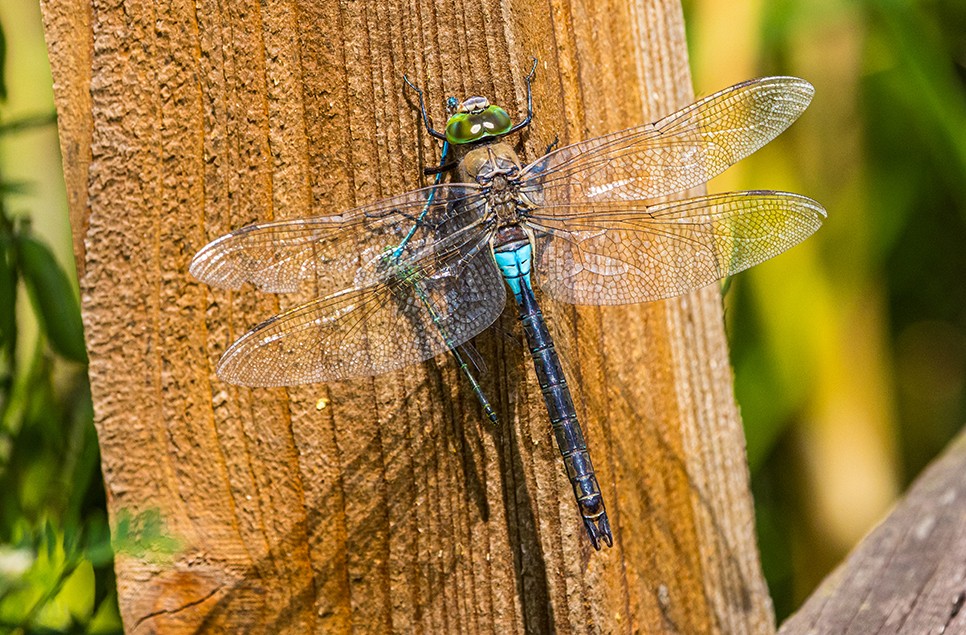Project Godwit Action Plan sets the priorities for the next decade
A new action plan has been published by the RSPB, WWT (Wildfowl & Wetlands Trust) and Natural England in the final year of their collaboration on Project Godwit, detailing the path to recovery over the next decade for this endangered wading bird.

To help secure the future of the Black-tailed Godwit, the action plan sets out the key conservation priorities to save the species from a second extinction as a breeding bird in the UK.
These priorities include recommended actions to maintain and improve existing key breeding sites, increase the extent of lowland wet grassland in the Fens and further understand and act on the pressures Godwits face from predation. Some of these actions are already underway, helping us to reinforce the UK’s existing Godwit populations and return this endangered bird to former breeding areas, securing its long-term future.
Mike Shurmer, Head of Species for England at the RSPB said:
“Project Godwit has shown great success in boosting the UK’s breeding population and buying us time to save them, but the pressure on the species from habitat loss, predation and climate change means that without further help the species is heading for decline.
“If current trends continue, our research suggests that the breeding population of Black-tailed Godwit in England will fall from a predicted 60 pairs in 2025 to less than 40 pairs by 2033.”
Senior Project Manager (Species Recovery) at the Wildfowl & Wetlands Trust Eric Heath said:
“Creating and restoring the healthy wetland habitat these birds rely on for breeding and raising their young is the most important factor in saving the species in the long term.
"Creating these thriving natural landscapes will also provide huge boosts to other wildlife, capture carbon and provide people better access to nature. If we secure funding for this action plan and can carry out this work we would aim to see 80 pairs of Godwits across at least four wetland sites by 2033.”
Tony Juniper, Chair of Natural England said:
“The Black-tailed Godwit is one of the UK’s most distinctive and striking wading birds, its fortunes have been mixed and it’s clear that we now need ambitious action to support the future of this precious species.
“Natural England is proud to be supporting this comprehensive action plan which outlines the improvements to habitats needed to ensure that this iconic bird can once again thrive.”
The existing seven-year Project Godwit programme, which raised endangered Black-tailed Godwit chicks in captivity through a technique known as headstarting, and improved their breeding grounds on the Nene and Ouse Washes, has boosted the breeding population of one the UK’s rarest breeding wading birds by an incredible 40%.
As well as headstarting Godwit chicks, the project has enhanced wet grassland habitat to provide the right conditions for the waders to breed and used fencing to protect nests from predation.
We have also examined the threats the birds face, following the fortunes of individually marked Godwits as they travel between England and west Africa and trialled conservation techniques to increase the survival of eggs and chicks.
However, the species’ breeding success in the wild remains too low to support a stable population, and like many other wading birds they face pressures from loss of habitat, unfavourable land management, unsustainable predation rates and the impacts of climate change.
Historically, numbers of breeding Black-tailed Godwit in the UK declined drastically at the beginning of the 19th century, to the point where they became extinct as breeding birds. This was probably as a result of the draining of natural wetlands and hunting.
Continued work on the species following the recommendations of this action plan by the newly formed UK Black-tailed Godwit Working Group, which includes RSPB, WWT and Natural England, will be critical to seeing them survive as a UK-breeding species.
To find out more download the Action Plan or visit the Project Godwit website.
Featured image: Adult Black-tailed Godwit (Photo by: David Morris/RSPB)



